- Renesas
- R5F102AAASP#10
- 32-Bit MCU
- Flash Memory
- Microcontroller
- Embedded Systems
- Automotive
- Industrial
- Renesas RX Family
- 32-bit RISC Core
- Low Power
- High Performance
Part Number: R5F102AAASP#10
Manufacturer: Renesas Electronics
Product Category: 16 – bit Microcontrollers (MCU)
Series: RL78/G12
2. Core Processor and Architecture
Core Processor: RL78
Kernel Specification: 16 – bit
Instruction Set: CISC (Complex Instruction Set Computing), which allows for a high degree of code density and flexibility in programming. This is beneficial for applications where code size and execution efficiency are crucial, such as in embedded systems with limited memory resources.
3. Performance
Maximum Operating Frequency: 24MHz
Processing Power: At 24MHz, it can achieve 31 DMIPS (Dhrystone Million Instructions Per Second). This indicates its ability to execute a significant number of instructions per second, making it suitable for handling moderately complex tasks in embedded applications.
4. Memory
Code Flash Memory: 16KB (16Kx8). This non – volatile memory is used to store the program code that the microcontroller will execute. The relatively large flash memory size allows for the implementation of more complex algorithms and applications.
Data Memory: 2Kx8. This static random – access memory (SRAM) is used for storing data during the operation of the microcontroller, such as variables, stack data, and intermediate calculation results.
5. Power Characteristics
True Low – Power Platform: It has an extremely low power consumption, with a typical operating current of 63μA/MHz. This makes it highly suitable for battery – powered devices where power conservation is a top priority. Even in standby or low – activity modes, it consumes very little power, extending the battery life of the end – product.
Operating Voltage Range: 1.8V to 5.5V. This wide voltage range provides flexibility in power supply selection, allowing the microcontroller to be used in a variety of applications with different power source requirements, whether it’s a single – cell lithium – ion battery (which typically operates in the 3 – 4.2V range) or a standard 5V power supply from a wall adapter.
6. Input/Output (I/O)
Number of I/O Pins: 23. These pins can be configured as input or output pins, depending on the application requirements. They can be used to interface with various external devices such as sensors, actuators, displays, and communication modules. For example, some pins can be used to read digital sensor values, while others can be used to drive LEDs or control the operation of motors.
7. Peripheral Interfaces
CSI (Serial Memory Interface): Allows for easy connection to serial memories such as serial EEPROMs or flash memories. This is useful for applications that require additional non – volatile data storage or for interfacing with external memory modules to expand the overall memory capacity of the system.
I2C (Inter – Integrated Circuit): A serial communication protocol that enables communication between multiple integrated circuits. It is widely used for connecting different types of peripherals, such as temperature sensors, accelerometers, and real – time clocks, in a multi – device embedded system. The I2C interface simplifies the wiring and communication complexity by using only two wires (SCL – Serial Clock Line and SDA – Serial Data Line) for communication.
UART/USART (Universal Asynchronous Receiver/Transmitter): These interfaces are used for asynchronous serial communication. They are commonly used for communication with devices such as GPS modules, Bluetooth modules, and other microcontrollers. UART/USART can transmit and receive data at various baud rates, making it a versatile interface for different communication speeds required by different external devices.
8. Integrated Peripherals
DMA (Direct Memory Access): This peripheral allows data to be transferred directly between memory locations or between memory and peripheral devices without the need for constant intervention from the CPU. DMA can significantly improve the data transfer efficiency, especially in applications where large amounts of data need to be moved quickly, such as in data logging or high – speed data acquisition systems.
POR (Power – On Reset): Ensures that the microcontroller starts up in a known and stable state when power is applied. It initializes all the internal registers and subsystems of the microcontroller to their default values, preventing incorrect operation due to random initial states.
PWM (Pulse – Width Modulation): PWM is used to generate analog – like signals from a digital output pin. It can be used to control the speed of motors, the brightness of LEDs, or the duty cycle of various power – control circuits. By varying the width of the pulses, the average value of the output signal can be adjusted, providing a simple and effective way to control analog – like functions with a digital microcontroller.
WDT (Watchdog Timer): The watchdog timer is a safety feature that monitors the operation of the microcontroller. If the microcontroller gets stuck in an infinite loop or experiences a s


MAECENAS IACULIS
Vestibulum curae torquent diam diam commodo parturient penatibus nunc dui adipiscing convallis bulum parturient suspendisse parturient a.Parturient in parturient scelerisque nibh lectus quam a natoque adipiscing a vestibulum hendrerit et pharetra fames nunc natoque dui.
ADIPISCING CONVALLIS BULUM
- Vestibulum penatibus nunc dui adipiscing convallis bulum parturient suspendisse.
- Abitur parturient praesent lectus quam a natoque adipiscing a vestibulum hendre.
- Diam parturient dictumst parturient scelerisque nibh lectus.
Scelerisque adipiscing bibendum sem vestibulum et in a a a purus lectus faucibus lobortis tincidunt purus lectus nisl class eros.Condimentum a et ullamcorper dictumst mus et tristique elementum nam inceptos hac parturient scelerisque vestibulum amet elit ut volutpat.
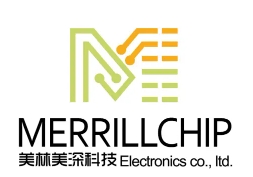
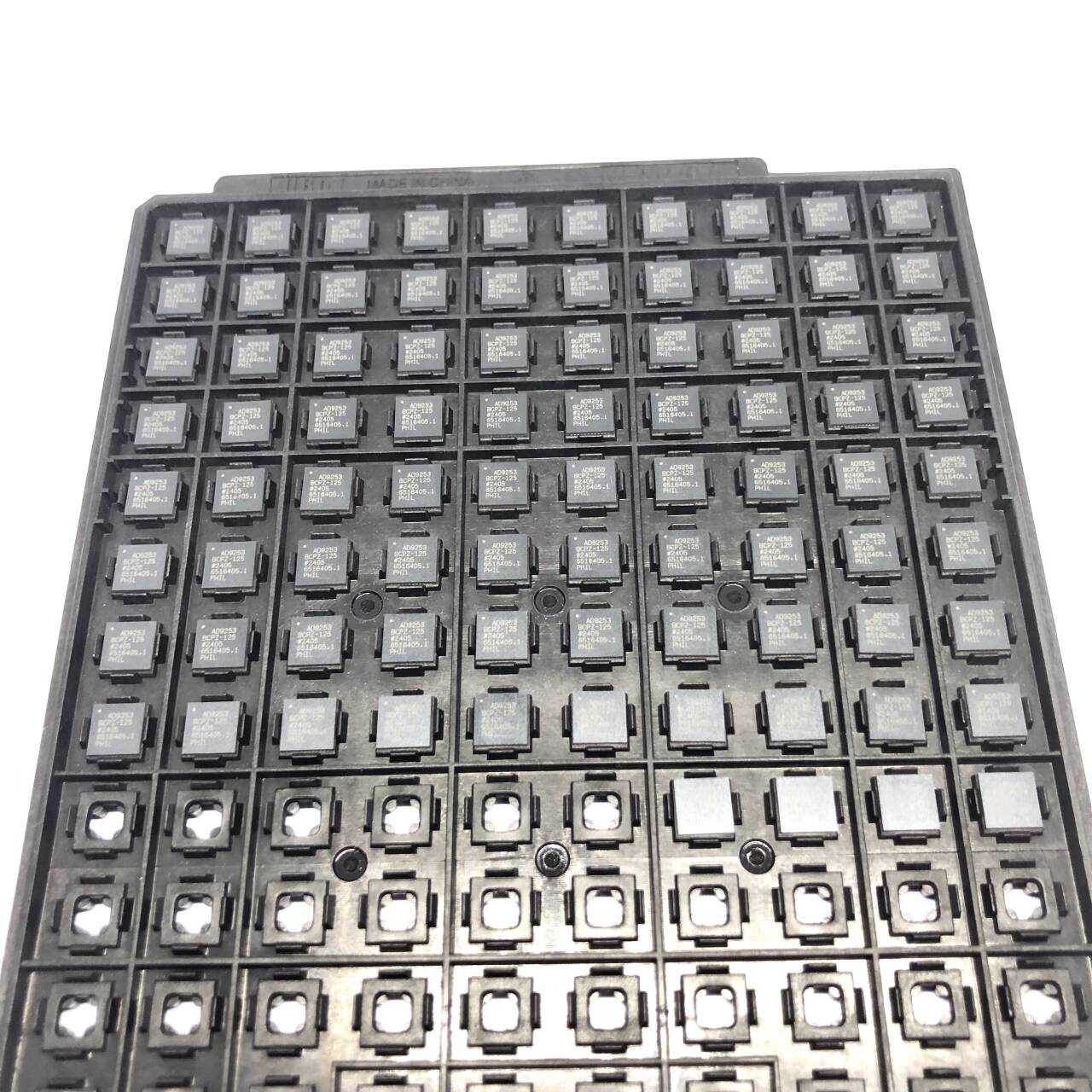





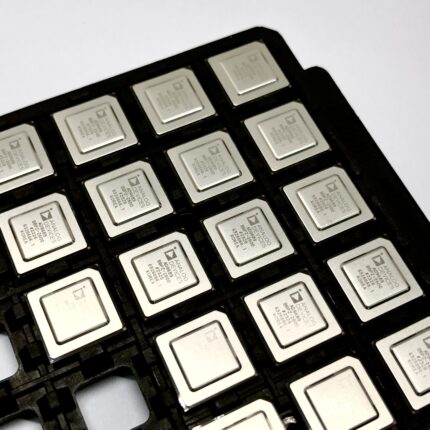
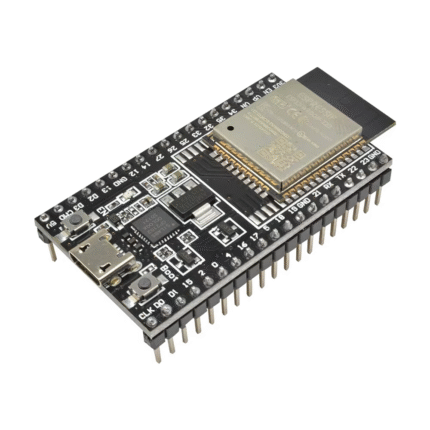

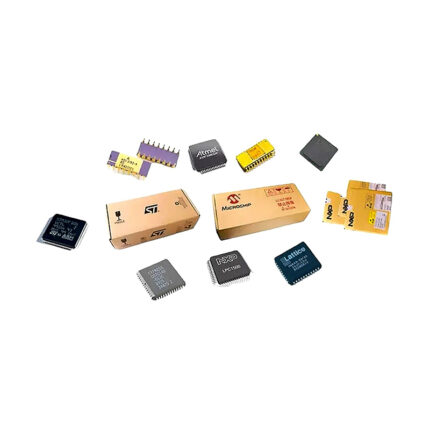
Reviews
There are no reviews yet.